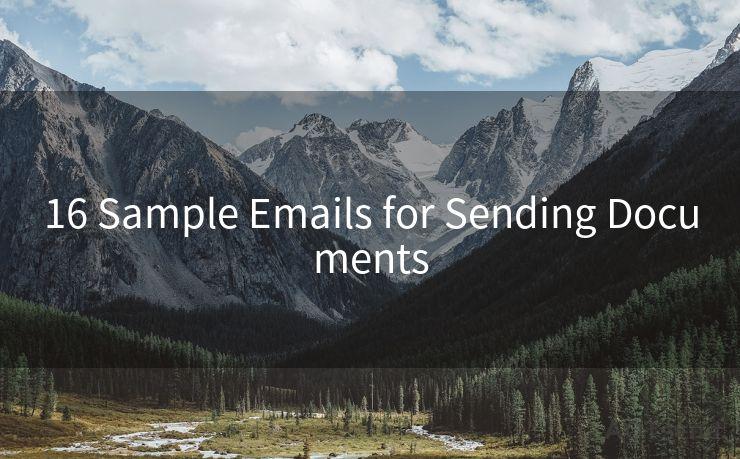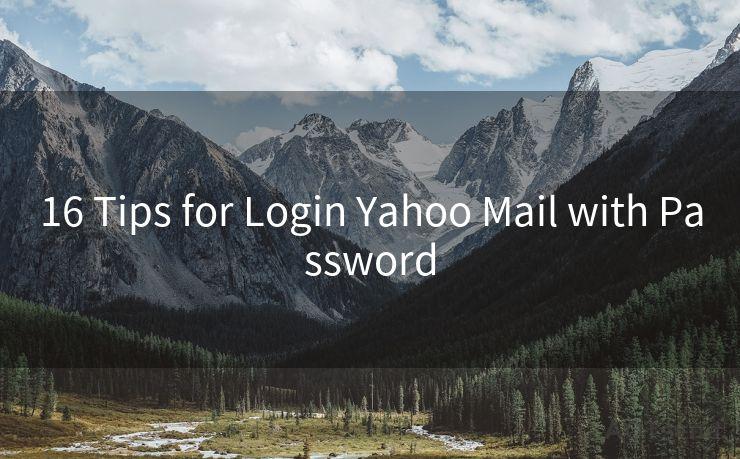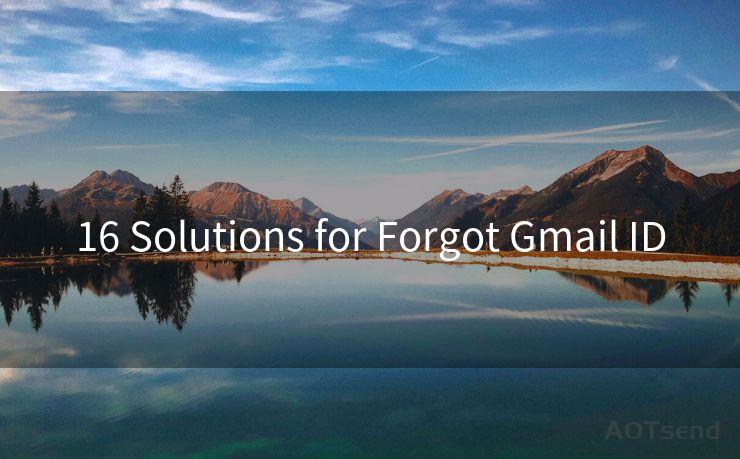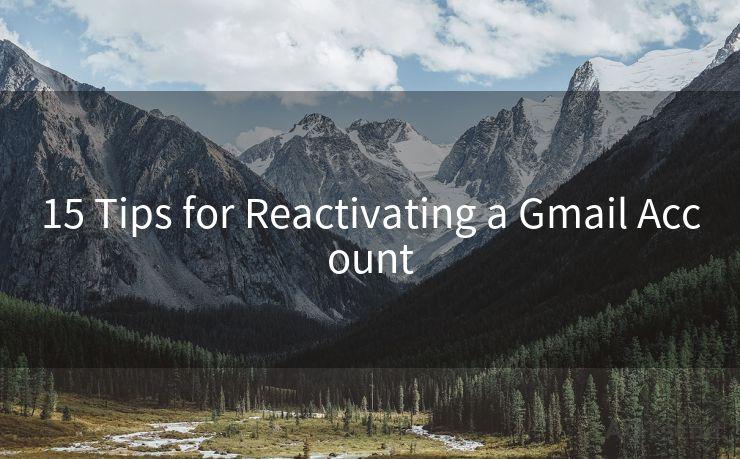17 Webmail 2FA Best Practices
Hello everyone, I’m Kent, the website admin. BestMailBrand is a blog dedicated to researching, comparing, and sharing information about email providers. Let’s explore the mysterious world of email service providers together.
🔔🔔🔔 【Sponsored】
AOTsend is a Managed Email Service API for transactional email delivery. 99% Delivery, 98% Inbox Rate.
Start for Free. Get Your Free Quotas. Pay As You Go. $0.28 per 1000 Emails.
You might be interested in:
Why did we start the AOTsend project, Brand Story?
What is a Managed Email API, How it Works?
Best 24+ Email Marketing Service (Price, Pros&Cons Comparison)
Best 25+ Email Marketing Platforms (Authority,Keywords&Traffic Comparison)




In the digital age, email communication has become an integral part of our daily lives. However, with the increasing frequency of cyber attacks, it's crucial to ensure the security of our email accounts. One of the most effective ways to do this is by implementing Two-Factor Authentication (2FA). In this blog post, we'll discuss 17 best practices for using 2FA to secure your webmail account.
1. Understanding 2FA
Two-Factor Authentication adds an extra layer of security to your webmail account. It requires not only your password but also a second factor, such as a code sent to your phone, to log in. This makes it much harder for hackers to gain access to your account, even if they have your password.
2. Enabling 2FA on Your Webmail
Most major webmail providers, like Gmail and Outlook, offer 2FA as an optional security feature. Make sure to enable it in your account settings.
3. Choosing the Right Second Factor
When setting up 2FA, you'll be prompted to choose a second factor. This could be a text message, an authenticator app, or a hardware token. Choose the option that works best for you and is most convenient.
4. Keeping Your Devices Secure
If you're using a mobile device as your second factor, ensure it's locked with a PIN or biometric authentication. This prevents unauthorized access to the 2FA codes.
5. Backing Up Your 2FA Keys
In case you lose access to your second factor, it's essential to have a backup plan. Most webmail providers allow you to generate backup codes or print recovery keys. Store them securely but accessibly.
6. Avoiding Phishing Attacks
Be cautious of phishing emails that try to trick you into entering your 2FA codes. Never share your codes with anyone or enter them on untrusted websites.
7. Regularly Updating Your Software
Keep your webmail client, operating system, and any authenticator apps up to date. This ensures you have the latest security patches and reduces the risk of exploits.
8. Monitoring Your Account Activity
Regularly check your webmail account's activity log to spot any unusual or unauthorized access attempts.
9. Using Strong and Unique Passwords
Even with 2FA enabled, it's crucial to use strong and unique passwords for your webmail account. Avoid using easily guessable or common passwords.
10. Educating Yourself on Security Threats
Stay informed about the latest cyber security threats and how they can affect your webmail account. This helps you stay vigilant and take proactive measures to protect yourself.

By following these best practices, you can significantly enhance the security of your webmail account and reduce the risk of being targeted by cybercriminals. Remember, security is an ongoing process, and it's essential to stay vigilant and adapt to new threats as they emerge.




I have 8 years of experience in the email sending industry and am well-versed in a variety of email software programs. Thank you for reading my website. Please feel free to contact me for any business inquiries.
Scan the QR code to access on your mobile device.
Copyright notice: This article is published by AotSend. Reproduction requires attribution.
Article Link:https://www.bestmailbrand.com/post6528.html











